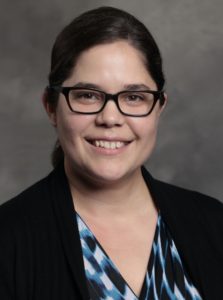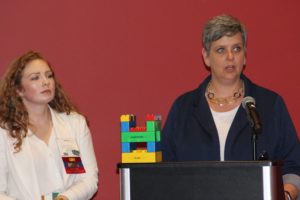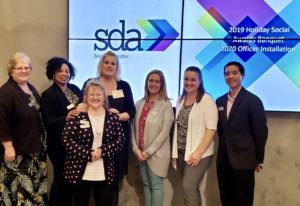![]() EDConnect20 offered a session on “Connect Through Your Camera,” presented by David Goad. Since March, who HASN’T attended a virtual meeting?
EDConnect20 offered a session on “Connect Through Your Camera,” presented by David Goad. Since March, who HASN’T attended a virtual meeting?
If you’re presenting in a virtual meeting, David offered some great practices to follow. Chapter member Judy Beebe, FSDA (of WSP USA) shares her take-away.
When your audience has their cameras turned on, it’s easy to spot those that aren’t giving you their undivided attention. Do you notice them looking down (probably looking at their phone)? Is someone having a side conversation with others (they turn away to take a phone call, or you can see they’re talking while they are muted)? If you’re not engaging, can you expect your audience to stay engaged with you?
The speaker suggested you interrupt the pattern of monotony by being a little unpredictable. It helps keep their attention on you. He offered six practices for keeping your audience tuned in to you.
- At the beginning, promise them you’ll end the meeting early. People will appreciate the shorter meeting and the extra free time. (We’re here for an hour, but I can finish up 15 minutes early, if you stay with me and participate.)
- Use humor. Situational humor is the safest. (David shared how at one conference, dinner was supposed to be served, but it ended up being hors d’oeuvres instead. When he got back in front of the audience, he said, “I don’t know about you, but I’m stuffed!” Which of course, garnered some laughter.)
- Make them work, every 5 minutes. (Give them a poll, ask them to speak up or raise their hand, or ask them to write a response in the chat box.)
- Question, then pause.
- Tell an off-script story. (Right before we started, I was talking to Jane, and she said . . ..)
- Call them by name.


 We’re excited that
We’re excited that  We are thrilled to recognize
We are thrilled to recognize  One of the takeaways from the EDSymposium19 best practice panel presentations, from chapter members
One of the takeaways from the EDSymposium19 best practice panel presentations, from chapter members  These are the professionals who stepped up to spend a year helping the chapter grow toward its vision and goals.
These are the professionals who stepped up to spend a year helping the chapter grow toward its vision and goals. You know what’s cool about serving on a board of directors? It’s having chapter members who volunteer to help. Who enjoy helping. Who delight in knowing that their help made a difference.
You know what’s cool about serving on a board of directors? It’s having chapter members who volunteer to help. Who enjoy helping. Who delight in knowing that their help made a difference. We had a lot of fun last year at our quarterly Wine Wednesdays. It’s become our signature event, and we’re carrying it forward in 2020 – woot! See you at
We had a lot of fun last year at our quarterly Wine Wednesdays. It’s become our signature event, and we’re carrying it forward in 2020 – woot! See you at 

You must be logged in to post a comment.